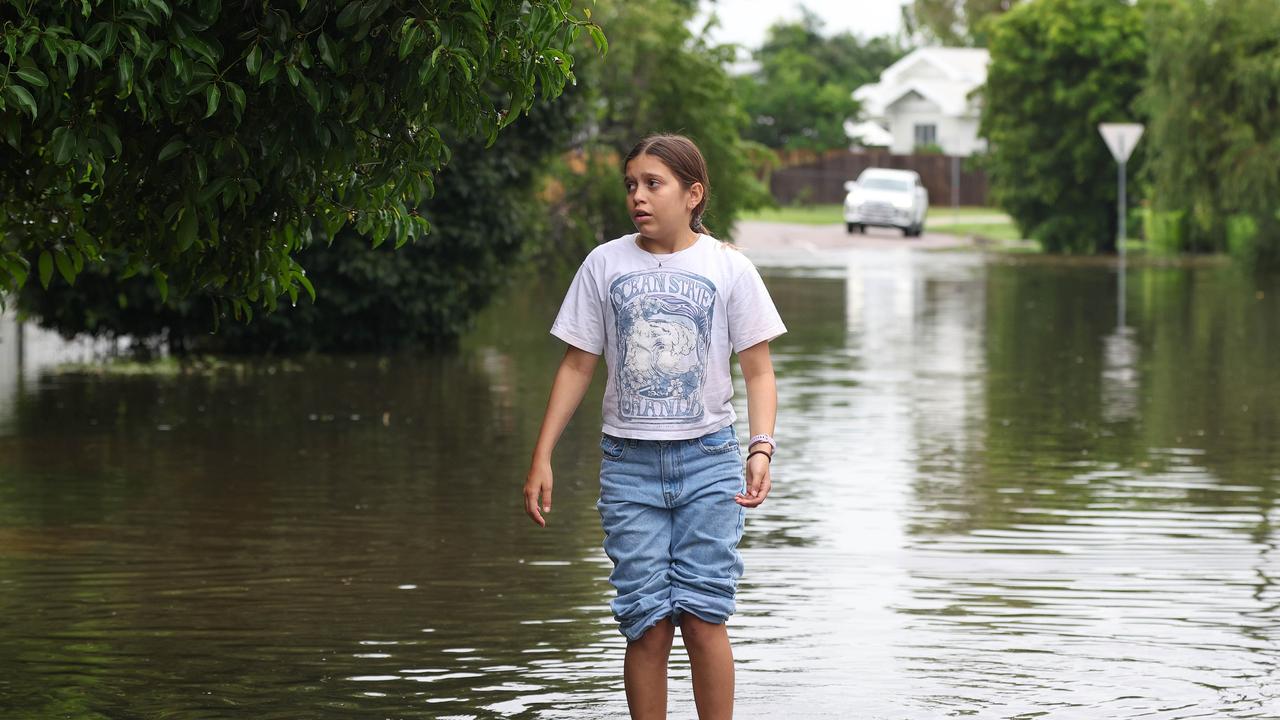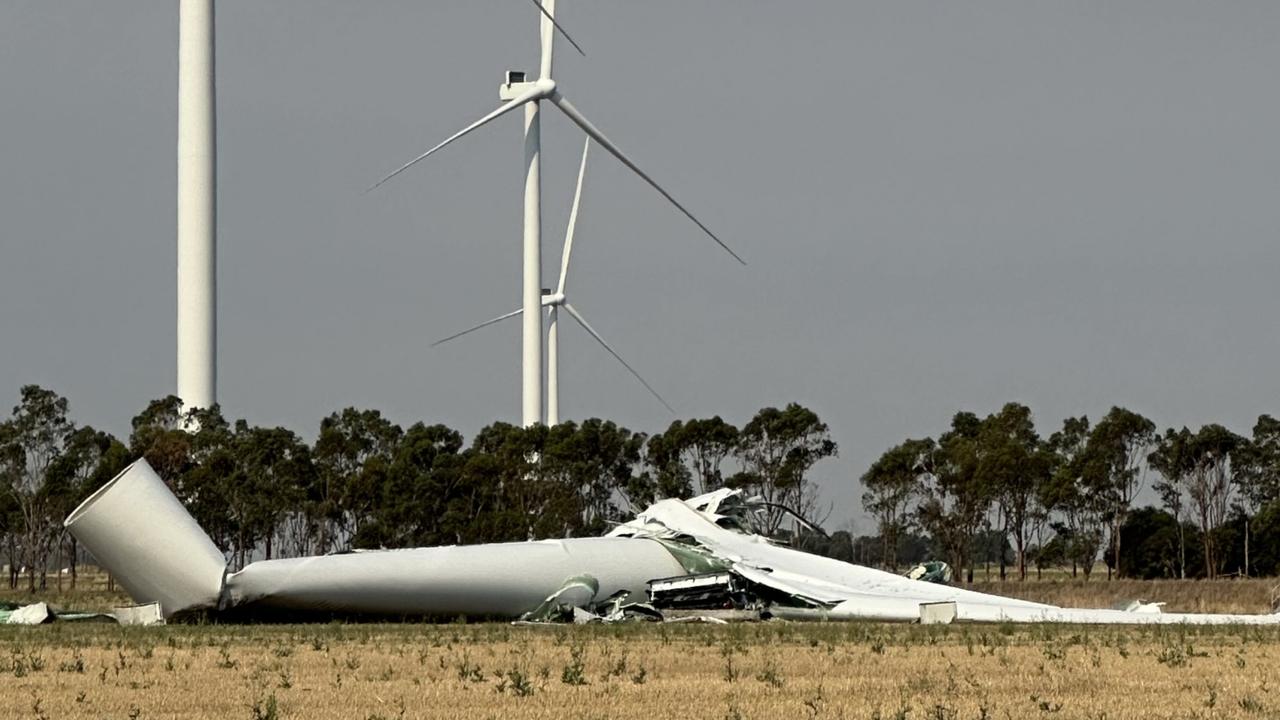Scott Morrison reveals plans to achieve net zero emissions by 2050
The Prime Minister has finally revealed Australia’s plans to achieve net zero emissions by 2050 following lengthy debate within the Coalition.
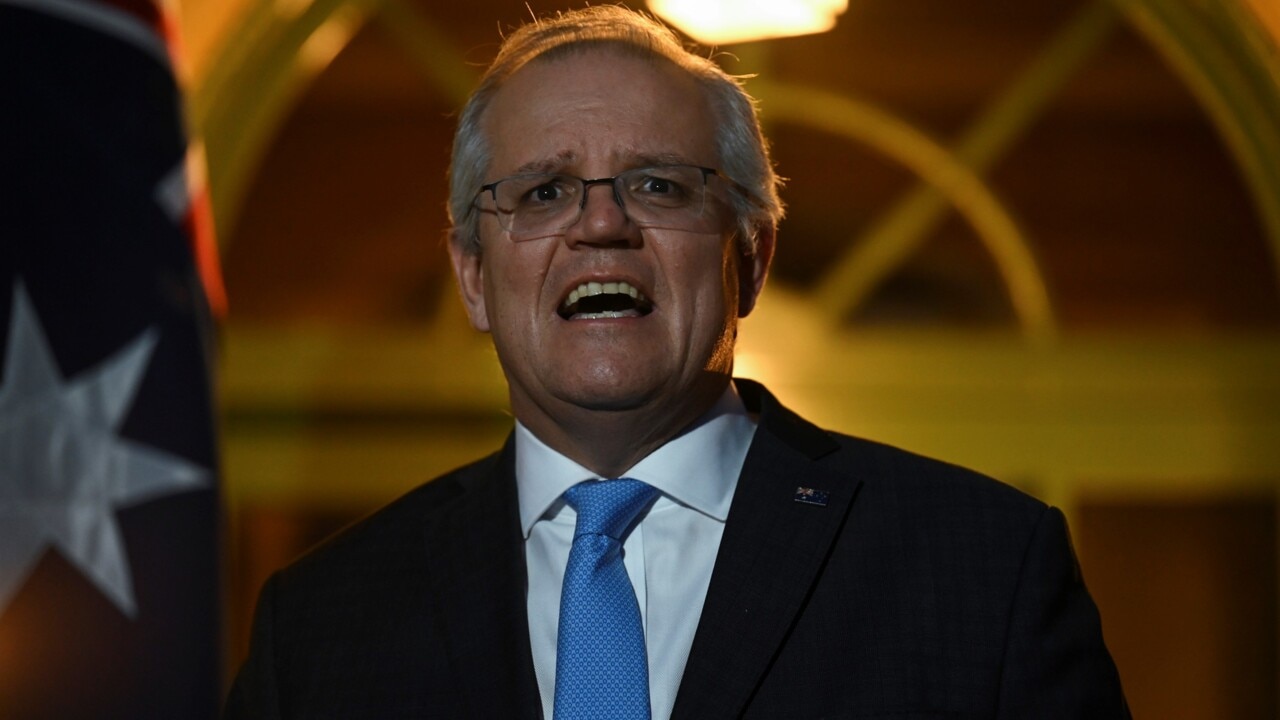
Climate Change
Don't miss out on the headlines from Climate Change. Followed categories will be added to My News.
The Prime Minister has announced Australia’s plans to achieve net zero emissions by 2050 following lengthy — and at times very heated — debate between the Coalition.
But, the modelling which supports the plan will not be released until a later, unspecified date.
Under the plan, more than $20bn will be invested in “low emissions technologies”, including carbon capture and storage, by 2030.
It is expected to generate between $60bn and $100bn in “co-investment”.
A “new priority” to deliver “ultra-low-cost solar” power is also included in the plan.
Projections show Australia is on track to cut emissions by 30 to 35 per cent by 2030, but Scott Morrison said the formal target of a 26 to 28 per cent reduction would remain.
Mr Morrison said it was important to note that in that same period of emissions reduction, since 2005, the GDP had grown by 45 per cent.
Mr Morrison stressed that the national plan would ensure net zero was met by 2050 through “technology, not taxes”, with investments in a portfolio of technologies and incentives on offer.
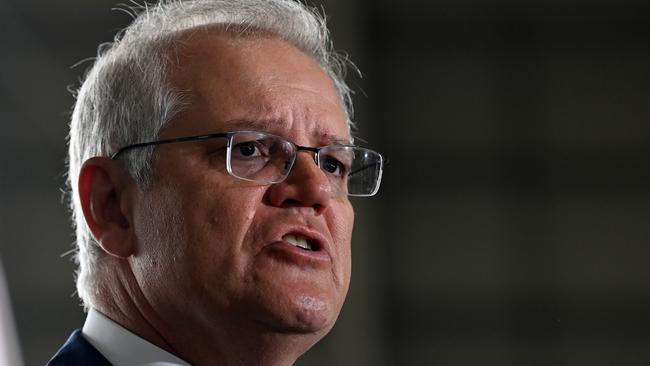
“Australia has already achieved more than a 20 per cent reduction in our emissions since 2005,” Mr Morrison told reporters on Tuesday.
“We’re getting it done on emissions reduction.
“Australians want action on climate change ... but they also want to protect their jobs and their livelihoods.
“They also want to keep the cost of living down and they also want to protect the Australian way of life, especially in rural and regional areas.”
Mr Morrison said his government’s plan got the “balance right” and “charts a uniquely Australian way”.
“Our plan is a fair plan, it’s a practical plan ... it’s been carefully put together.”
The Prime Minister said his government had listened to the concerns and ambitions of Australians, describing the plan as an energy, trade and economic plan — not just an environmental one.
As part of the plan, the government will not introduce new costs or taxes for Australian households and businesses; will expand consumer choices without introducing mandates; will drive down the cost of a range of new energy technologies; will keep energy prices down; and will be “accountable for progress”.
As part of the plan, technology costs will be driven down for companies involved in developing clean hydrogen, solar, energy storage, low emissions steel and aluminium, carbon capture and storage, and soil carbon, as well as emerging technologies.
Soil carbon and carbon capture and store methods will play a major component in driving down emissions. By 2050, emissions will have reduced 131-278 per cent in sectors using those methods.
Clean hydrogen will be central for electricity, transport, industry, mining, manufacturing and agriculture sectors.
Mr Morrison said regional and rural Australians should feel confident that the plan was safeguarding their future.
“I say to the people of rural and regional Australia — this is a good plan for you. You can plan for your future in confidence,” Mr Morrison said.
The coalition has been divided on the plan, and earlier, Opposition Leader Anthony Albanese called the process of the government’s climate policy a “shambles”.
He said they are “committing the fatal mistake of wanting to provide two contradictory messages to different parts of the country”.
“Matt Canavan has already flagged that they can have a different view on net zero after the election,” Mr Albanese said.
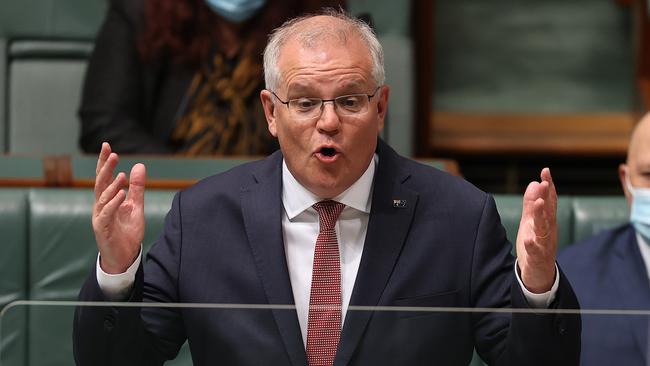
While the junior coalition partner agreed “in principle” to the net zero by 2050 target, Senator Matt Canavan told ABC Radio National on Tuesday he would “continue to campaign against the policy”, and that Australia should be “growing the coal industry”.
“Coal prices have never been higher, they are at record highs,” Mr Canavan said.
“There is so much demand for this product and yet (voters) don’t see a government in Canberra backing them.”
Speaking in a party room meeting ahead of Mr Morrison’s announcement, Deputy Prime Minister and Nationals Leader Barnaby Joyce said the coalition covered more than five million square kilometres of Australia and there were a myriad of “vastly different views”.
Mr Joyce said the coalition was “getting on with business”.
Speaking publicly on Tuesday afternoon, Mr Albanese said today’s announcement had “really been about nothing today”.
“The Prime Minister announced a vibe today rather than a target. It’s all in the vibe of what’s happening, and we will wait and see in terms of the details of course. You won’t be given any detail and of course we haven’t been either,” he said.
Chris Bowen, the Opposition spokesperson for Climate Change, said the announcement had been a “scam, not a plan”.
Labor will announce their climate policies after Glasgow.
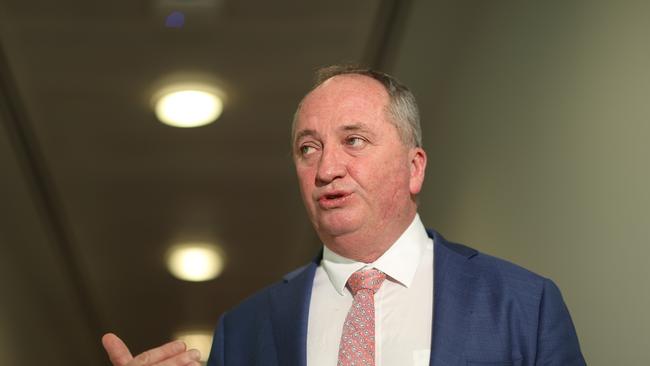
One journalist noted the past six prime ministers had either lost subsequent elections or were dumped by their own parties after announcing climate policies, and asked Mr Morrison what gave him confidence that he would survive.
“I have brought our government together on this. Our government is committed to this. Our government has come from difficult places, had hard discussions, but we’ve worked through it together and we’ve come to this position,” he said.
“We‘ve respected each other. We have listened to each other and we have constructed over a long period of time a careful plan that is conscious of the impacts and the opportunities, and enables Australians to keep doing what they are doing and do even more by encouraging them through the measures that we’ve got.
“We have set out clear principles which we will honour.”
WHERE THE MONEY IS GOING:
- $300m in carbon capture use and storage;
- $2bn for the critical minerals projects;
- $464m for clean hydrogen industrial hubs;
- $1bn in the recycling modernisation fund;
- $550m in the modern manufacturing strategy;
- $3.5bn in the national water grid;
- $1.4bn in the building better regions fund;
- $5bn for the drought fund; and
- $6.4bn for training.
Originally published as Scott Morrison reveals plans to achieve net zero emissions by 2050

